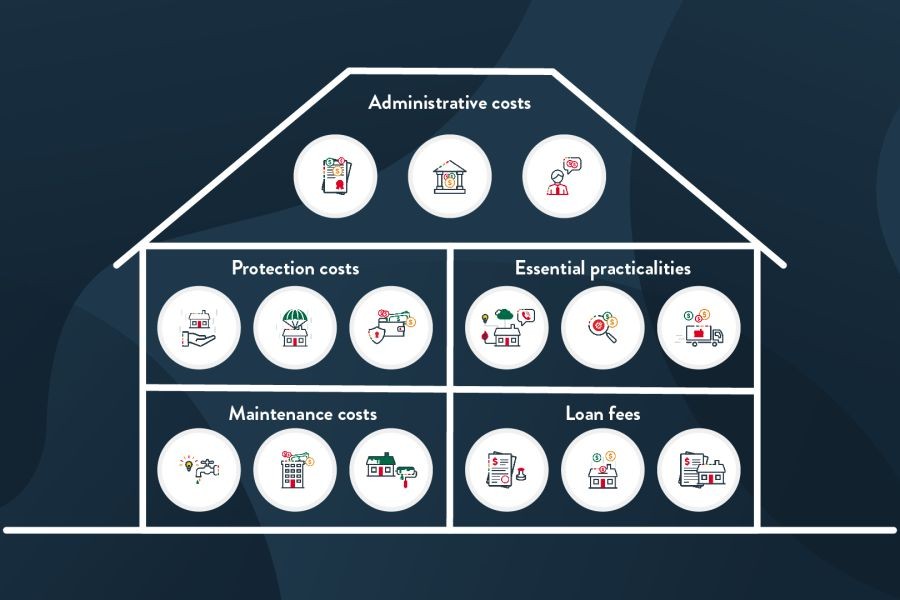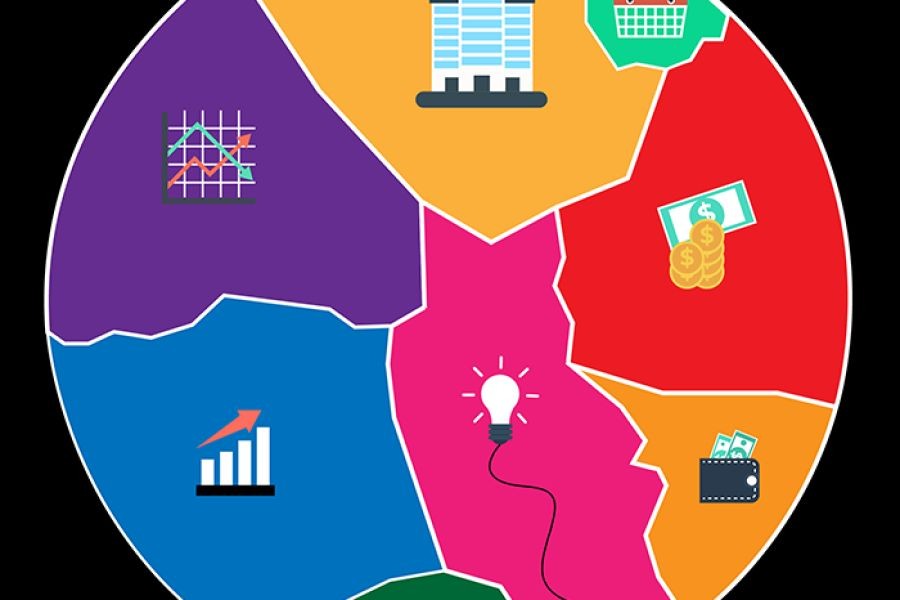Australians' love affair with Buy Now, Pay Later (BNPL) services has quickly evolved into a widespread financial phenomenon. However, beneath the convenience and accessibility lies a darker narrative that threatens the financial well-being of many consumers. In this article, we delve into how BNPL is leading Australians into debt traps, supported by data, expert insights, and case studies, and explore the broader implications for Australia's economy.
The Rise of BNPL in Australia
Over the past few years, BNPL services have become a staple in the Australian retail landscape, revolutionizing the way consumers shop. According to the Australian Securities and Investments Commission (ASIC), the use of BNPL services surged by over 90% between 2018 and 2020. This rapid adoption is driven by the ease of access and interest-free repayment options, appealing to younger demographics who prefer flexible payment solutions.
How BNPL Works: A Deep Dive
BNPL platforms allow consumers to purchase goods and services immediately while paying off the amount in installments. Unlike traditional credit cards, BNPL does not charge interest; instead, they earn revenue through merchant fees and late payment charges. While this model seems beneficial, it often lures consumers into spending beyond their means.
Comparative Analysis: BNPL vs. Traditional Credit
- Pros of BNPL:
- Interest-free installments encourage more purchases.
- Simple approval process without credit checks.
- Appeals to younger, tech-savvy consumers.
- Cons of BNPL:
- High late fees can accumulate quickly.
- Lack of comprehensive regulation compared to credit cards.
- Encourages impulsive buying, leading to financial strain.
Case Study: Afterpay – A Double-Edged Sword
Afterpay, an Australian fintech pioneer, has become synonymous with BNPL success. The company reported a user base of over 3.4 million Australians by 2021. However, a study by the Reserve Bank of Australia (RBA) revealed that nearly 20% of Afterpay users missed payments, resulting in significant late fees. While Afterpay's model promotes increased spending, it also highlights the financial pitfalls when consumers overextend themselves.
Regulatory Insights and Consumer Protection
The Australian Competition & Consumer Commission (ACCC) and ASIC have been closely monitoring BNPL services due to growing concerns about consumer debt. Unlike traditional credit products, BNPL services are not subject to the National Credit Act, leaving a regulatory gap. In response, ASIC released a report urging for tighter controls, including mandatory credit checks and caps on late fees.
Myth vs. Reality: Common Misconceptions About BNPL
- Myth: "BNPL is a safer alternative to credit cards." Reality: While BNPL avoids interest, late fees can be exorbitant, often surpassing credit card charges (Source: ASIC).
- Myth: "Anyone can afford BNPL since it’s interest-free." Reality: The absence of interest does not equate to affordability. Over 30% of users report financial stress due to missed payments (Source: RBA).
Future Trends and Predictions
The BNPL sector in Australia is poised for regulatory overhaul. Experts predict that by 2025, stricter regulations will be in place, aligning BNPL with traditional credit standards. This could include mandatory credit assessments and transparency in fee structures, fostering more responsible lending practices.
Conclusion: Navigating the BNPL Landscape
While BNPL offers undeniable convenience, it is crucial for consumers to exercise caution and financial literacy to avoid potential debt traps. As the sector matures, regulatory bodies and financial institutions must collaborate to create a safer financial environment for consumers.
Final Takeaways
- BNPL services can lead to high accumulated fees if not managed responsibly.
- The absence of stringent regulations poses risks to consumer financial health.
- Anticipated regulatory changes aim to align BNPL with traditional credit standards.
What are your experiences with BNPL services? Share your thoughts and insights below!
People Also Ask
- How does BNPL impact Australian businesses?
Australian businesses leveraging BNPL see increased sales and customer reach. However, they must manage transaction fees and potential regulatory shifts.
- What are the biggest misconceptions about BNPL?
One common myth is that BNPL is always cheaper than credit cards. In reality, late fees can exceed interest charges (Source: ASIC).
Related Search Queries
- BNPL services in Australia
- Afterpay debt issues
- BNPL regulatory changes 2024
- Comparison of BNPL and credit cards
- Consumer protection for BNPL


































RowenaSbq6
1 month ago